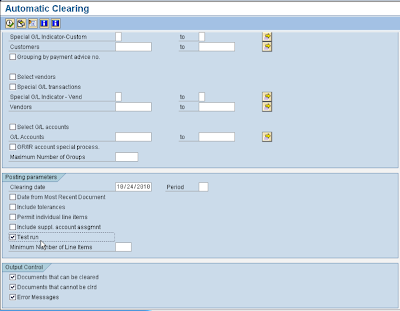Withholding Tax/ Income tax
Tax that is charged at the beginning of the payment flow in some countries. Usually, the party that is subject to tax does not pay the withholding tax over to the tax authorities himself.
Withholding tax is an income tax which is deducted at the source of the revenue.
A customer is authorized to deduct the income tax ( withhold tax) , so a customer is authorized to deduct the income tax when get invoice from vendor. When a vendor send invoice to a customer, customer have authority to withhold the tax as per the rate specified by tax authorities and pay the balance to the vendor.
Vendor gives withholding tax certificate to the customer. customer can claim the withholding tax (as advance paid income tax) in annual reports.
Withholding tax is also known as TDS (Tax Deducted at Source)
When a customer that is authorized to deduct withholding tax pays invoices from a vendor subject to withholding tax, the customer reduces the payment amount by the withholding tax proportion. The customer then pays the tax withheld directly to the appropriate tax authorities
To calculate, pay, and report the withholding tax, the SAP System provides two functions:
· Classic withholding tax (all Releases)
· Extended withholding tax(from Release 4.0)
For each company code, you can decide whether you want to use classic or extended withholding tax. Since the extended withholding tax option includes all the functions of classic withholding tax, SAP recommends the use of extended withholding tax (see below: Table of Classic and Extended Withholding Tax Functions).
Classic and Extended Withholding Tax Functions
Individual Functions
|
Classic Withholding Tax
|
Extended Withholding Tax
| |
X
| |||
Withholding tax on incoming payment
|
X
| ||
Withholding tax posting at time of payment
|
X
|
X
| |
Withholding tax posting at time of invoice
|
X
| ||
Withholding tax posting on partial payment
|
X
| ||
Number of withholding taxes for each document item
|
Max. 1
|
Several
| |
Withholding tax base:
|
Net amount
|
X
|
X
|
Modified net amount
|
X
| ||
Gross amount
|
X
|
X
| |
Tax amount
|
X
| ||
Modified tax amount
|
X
| ||
Rounding rule
|
X
| ||
Cash discount considered
|
X
| ||
Accumulation
|
X
| ||
Minimum/maximum amounts and exemption limits
|
X
| ||
Number assignment on document posting (certificate numbering)
|
X
| ||
Calculation formulas
|
X
|
X
| |
Country-Specific Requirements
Due to legal requirements, the following countries use extended withholding tax:
America
|
Europe and Africa
|
Asia/Pacific
|
Argentina
|
United Kingdom
|
India
|
Brazil
|
Slovakia
|
The Philippines
|
Chile
|
Turkey
|
South Korea
|
Colombia
|
Thailand
| |
Mexico
| ||
Peru
| ||
Venezuela
|
Withholding tax is an income tax which is deducted at the source of the revenue.
A customer is authorized to deduct the income tax ( withhold tax) , so a customer is authorized to deduct the income tax when get invoice from vendor. When a vendor send invoice to a customer, customer have authority to withhold the tax as per the rate specified by tax authorities and pay the balance to the vendor.
Vendor gives withholding tax certificate to the customer. customer can claim the withholding tax (as advance paid income tax) in annual reports.
Withholding tax is also known as TDS (Tax Deducted at Source)



Comments
Post a Comment